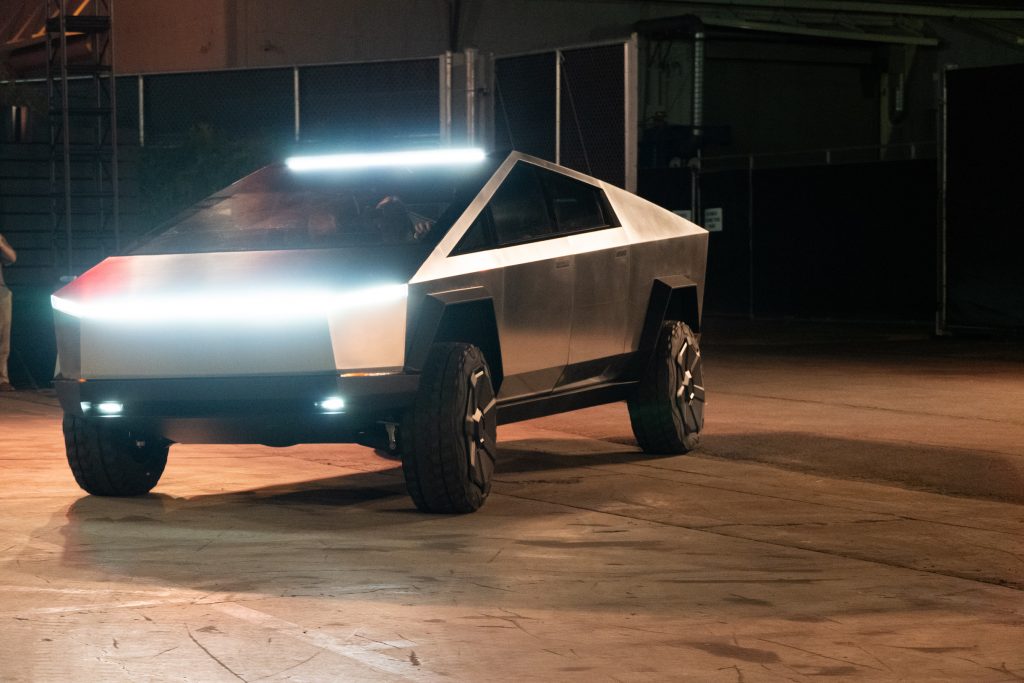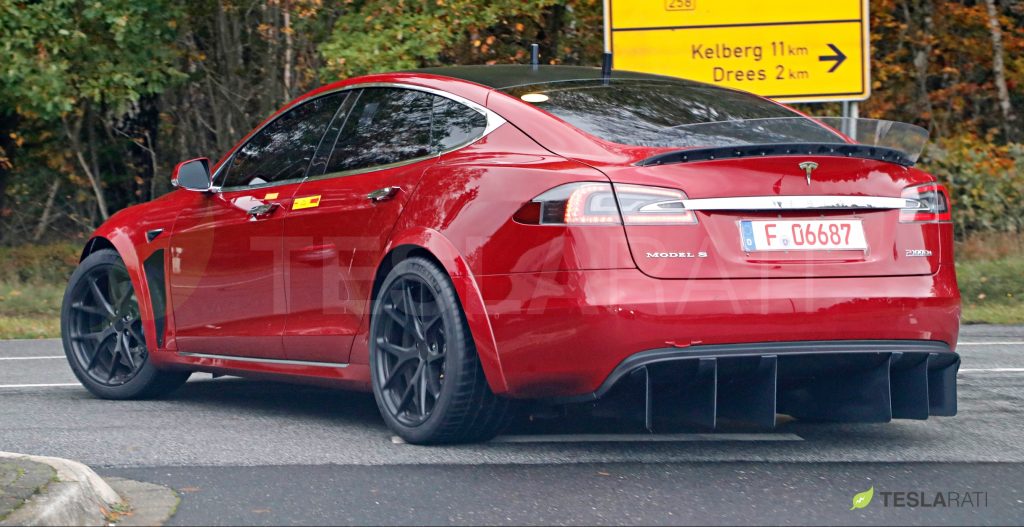Tesla’s flagship sedan is closing in on 400 miles of range per charge. With this update, Tesla has definitively extended its lead in the EV market, putting it far ahead — at least from a range perspective — against its biggest competitors. What’s rather interesting is that the Model S’ 390-mile range is just the tip of the iceberg.
Being a constantly-innovating company, it’s difficult to put the finger on the generations of vehicles that Tesla releases. Yet one look at the company’s upcoming electric cars and one would know that its next vehicles will feature next-generation technology. The Model Y, for example, is built from the company’s experiences with the Model 3, and pictures of the all-electric crossover in the assembly line hint that its casting may be quite unique. Tesla will likely not experience as many challenges ramping the Model Y compared to its previous vehicles, and this is likely due to the company’s experience.
There’s the Semi and the Cybertruck as well, both of which are large vehicles that would otherwise require a ton of batteries to get their estimated range. Yet in the case of the Cybertruck, the vehicle will be offering over 500 miles of range for less than $70,000. How Tesla will accomplish this remains to be seen, but Global Equities Research analyst Trip Chowdhry noted that the Cybertruck is on a “completely different technology orbit” after taking a test ride in the all-electric truck at Tesla’s Fremont factory.

Some of these improvements are already coming soon. Later this year, Tesla is expected to release the Model S’ Plaid Powertrain variant, which will be track-capable and boast an insane amount of power with its tri-motor setup. Elon Musk noted recently on Twitter that the Plaid Model S has “absurd” performance, though the electric car maker will ensure that the vehicle still gets enough range. This comment may seem like a typical Elon Musk update, but it shows a lot about Tesla’s experience as a veteran electric car maker.
Making an electric car is not easy. Making a great electric car is twice as difficult. This is something that veteran automakers are now learning, with each vehicle that they release. Premium EVs seem to be the ones learning this lesson the hardest, especially as otherwise great cars like the Audi e-tron and the Jaguar I-PACE end up being bogged down by issues such as range. Yet among carmakers and “Tesla Killers” that have come out, the Porsche Taycan seems to be the best example of this experience gap.
The Porsche Taycan is a beautifully-designed electric sports car, and it works like one. It’s top-tier variant, the $185,000 Taycan Turbo S, is arguably the only vehicle that can beat a Raven Model S Performance on the drag strip fair and square. Yet for all its speed and power, the Taycan suffers from poor efficiency, as evidenced by the Turbo S’ 192-mile EPA rated range. Granted, tests from motoring publication Car and Driver suggest that the Taycan’s range is more tuned for Autobahn driving, but the gap between the vehicle and the Model S is very evident. This becomes even more notable when one considers that both cars’ battery packs are similarly-sized.

The Model S’ Long Range Plus update means that through incremental improvements on electric car batteries, Tesla is now able to draw out 390 miles out of a 100 kWh pack. That’s just about 20 miles short of Rivian’s 400-mile trucks, and those vehicles are equipped with a 180 kWh battery pack. This matters a lot, and this is a benchmark that will probably take a few years to beat.
During Porsche’s Annual Press Conference last year, the company’s executives focused a lot of their discussions on the Taycan, whose development represented a multi-billion-dollar initiative for the company. Following the main conference, I was fortunate enough to be part of a group of reporters who were able to get a brief Q&A session with Porsche Board Member for Sales and Marketing Detlev Von Platen. When it was my turn to ask a question, I inquired about Porsche’s strategy about the Taycan’s range, and how the company plans to prevent the vehicle from being the electric equivalent of a gas guzzler.
The Board Member’s response did not directly address my inquiry, though he did emphasize that Porsche is no neophyte with battery tech due to its efforts with high-performance hybrid sports cars like the 918 Spyder. This is a fair point to make, of course, though looking at the Taycan’s range, it appears that the company still needs a few more iterations of its flagship electric car before it can expertly balance performance and range in a pure EV. The Tesla Model S Plaid is coming to establish itself as the undisputed king of consumer EVs, after all. If Elon Musk’s words are any indication, it would be a triple-motor monster with frighteningly quick acceleration and a range that’s still close to 400 miles.
That’s going to be a far tougher rival than the Tesla Model S Performance.

(adsbygoogle = window.adsbygoogle || []).push({});
<!–
–>
var disqus_shortname = «teslarati»;
var disqus_title = «Tesla nearing 400 miles in range is just the tip of the iceberg»;
var disqus_url = «https://www.teslarati.com/tesla-model-s-400-miles-vs-tsla-killers-tip-of-the-iceberg/»;
var disqus_identifier = «teslarati-130440»;

